2023, Interactive Simulation, Prints
Viewing copy on request
Viewing copy on request
> Synopsis
Homā's Phantom is an interactive digital simulation inpired by Persian mythology and Iranian courtyard architecture, creating a digital labyrinth suspended in the sky. Each module of the house contains fragments of memory—stories from the dying Homā Bird’s final moments. As users explore the endless loop of the maze, they encounter these memory fragments embedded in the architectural forms. The work invites participants to wander through a space where the boundaries between memory, myth, and architecture dissolve, focusing on time and introspection rather than spatial resolution.
Drawing from Iranian legends, the Homā Bird is known to live its life in constant flight, never landing. In Homā's Phantom, this idea becomes a metaphor for endless exploration and preservation. The labyrinthine house acts as both a sanctuary and a site of fragmentation, where each architectural module represents a different fallen Homā Bird and its last fleeting vision. Users piece together these preserved moments, navigating a world where architecture holds stories of flight and loss, rendering the space both timeless and haunted by fragments of the past.
Through modular design and cultural symbolism, Homā's Phantom reconfigures traditional architecture into an intricate puzzle of memory. Users are invited to wander aimlessly, guided not by a quest for resolution but by the temporal flow of the space itself. The project reinterprets Persian heritage, through a new form of architectural narrative that is alive with the traces of a mythological past, endlessly recombining to create new paths of introspection and reflection.
> Video
> Images

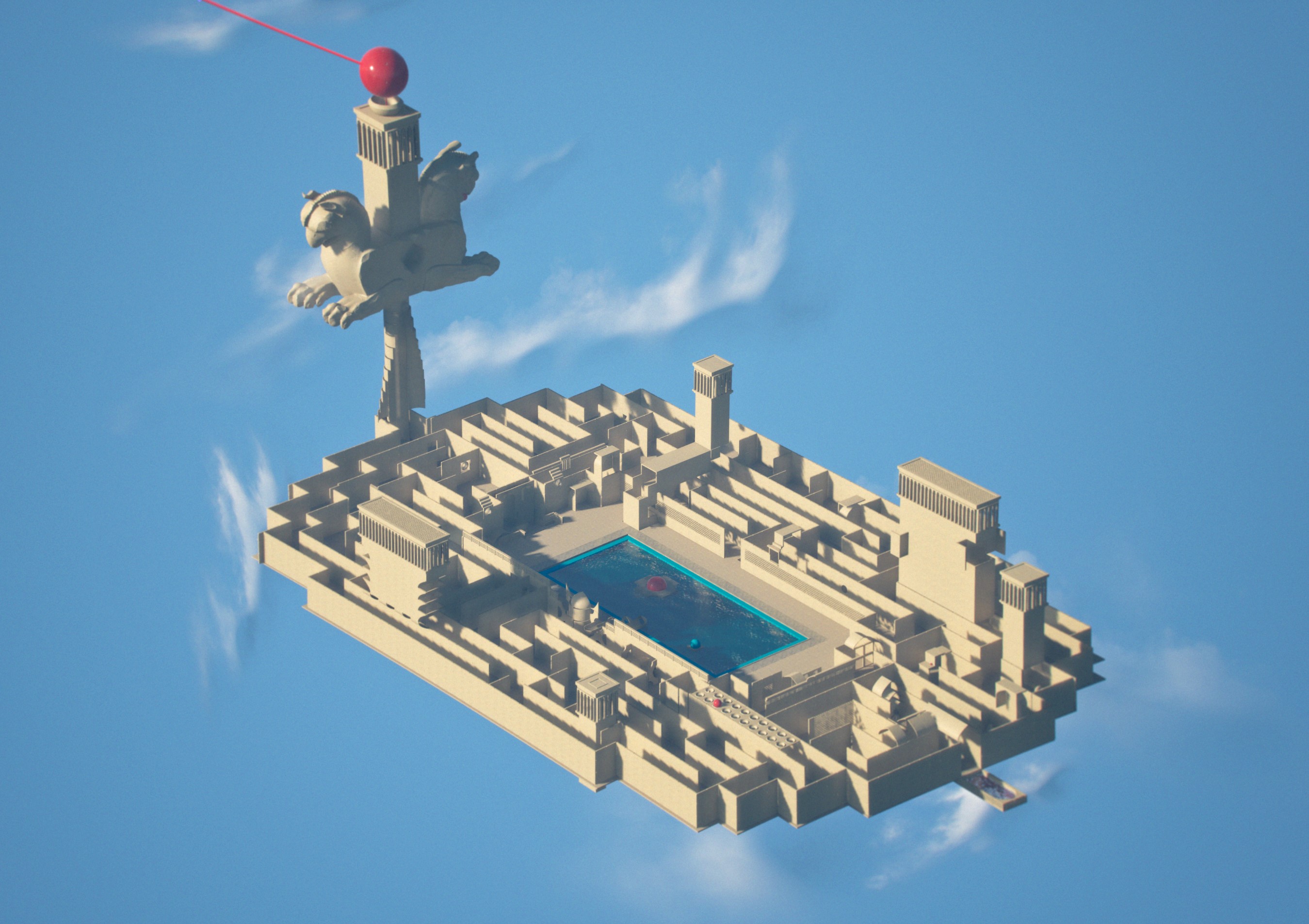
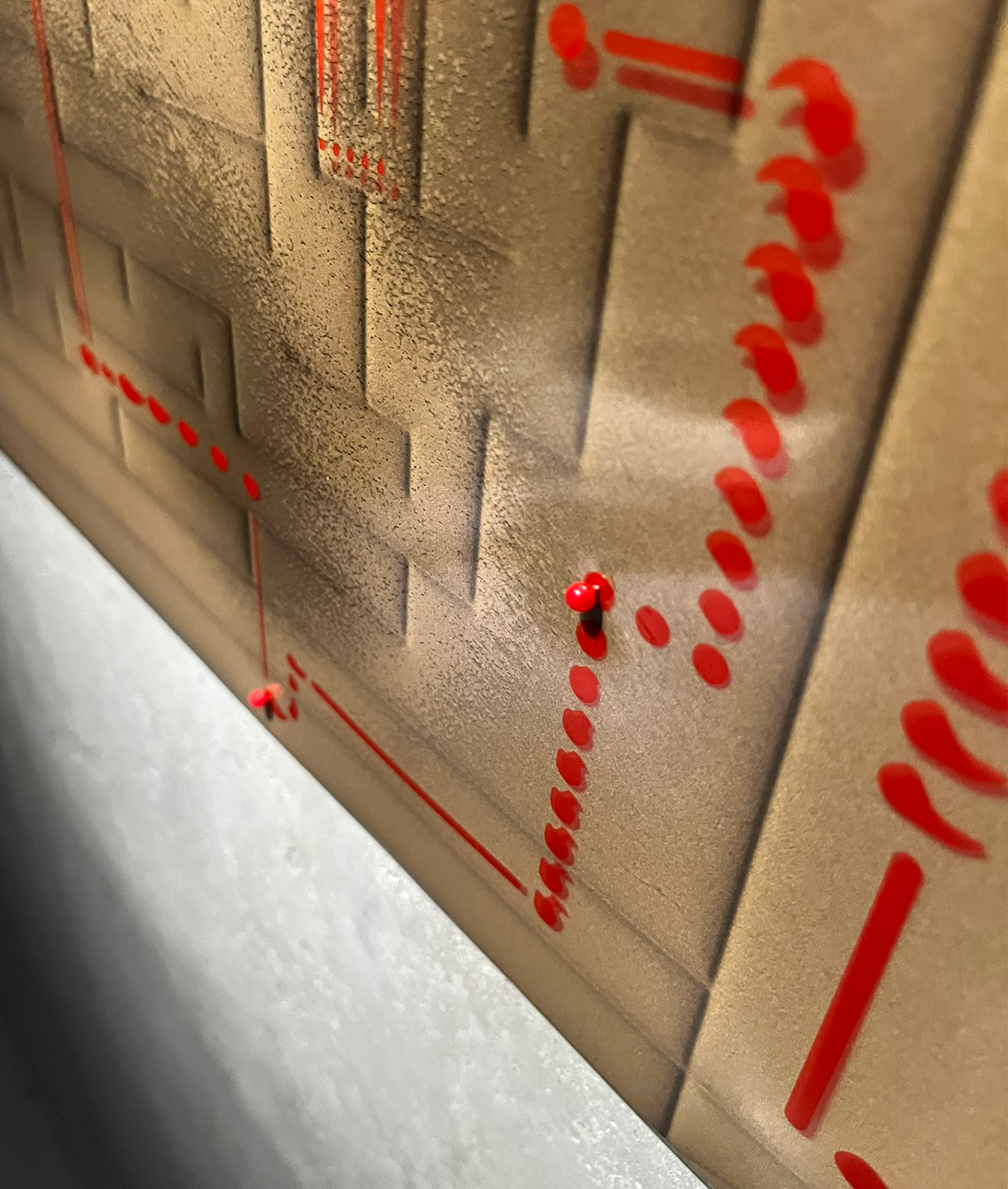
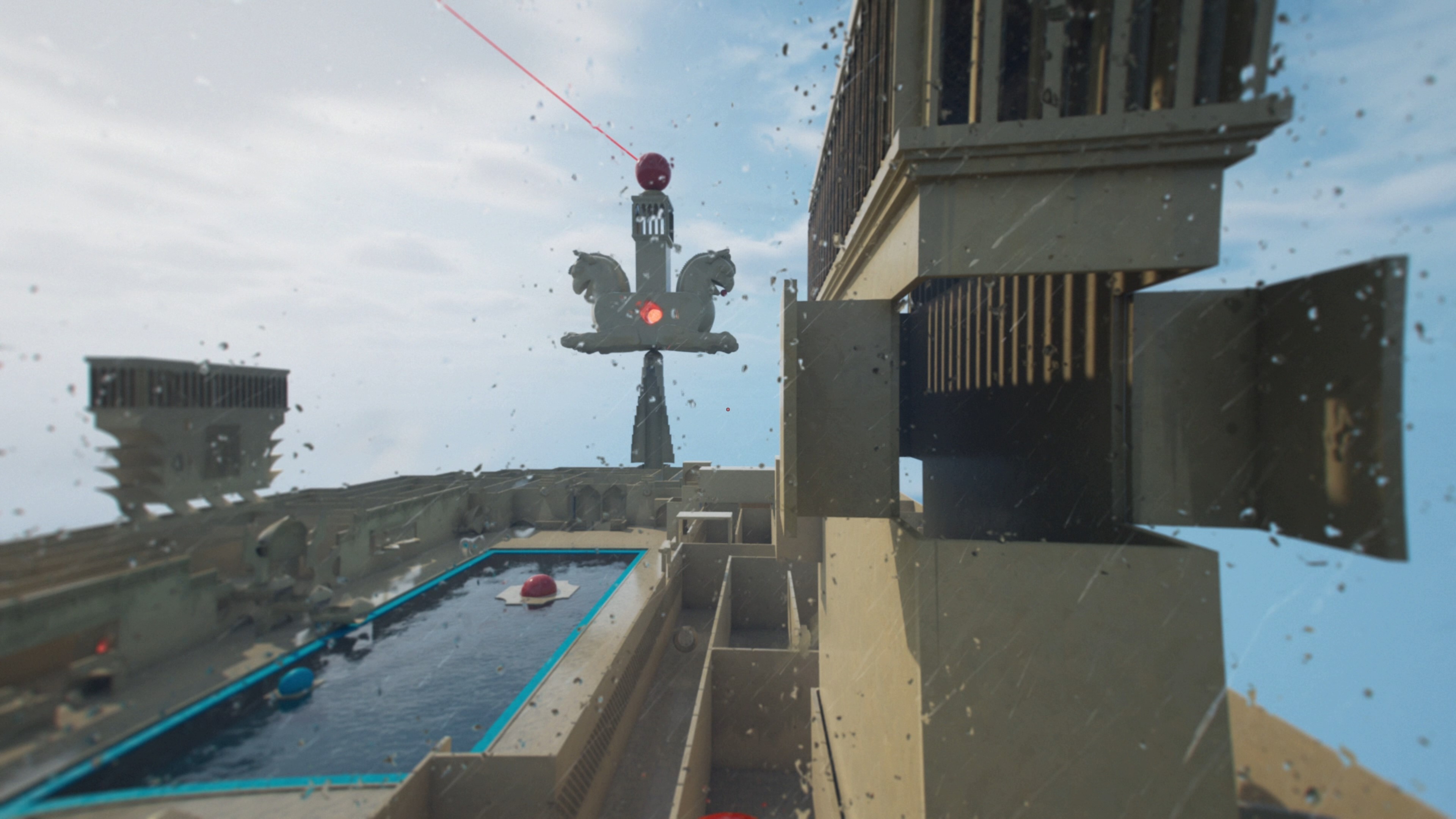
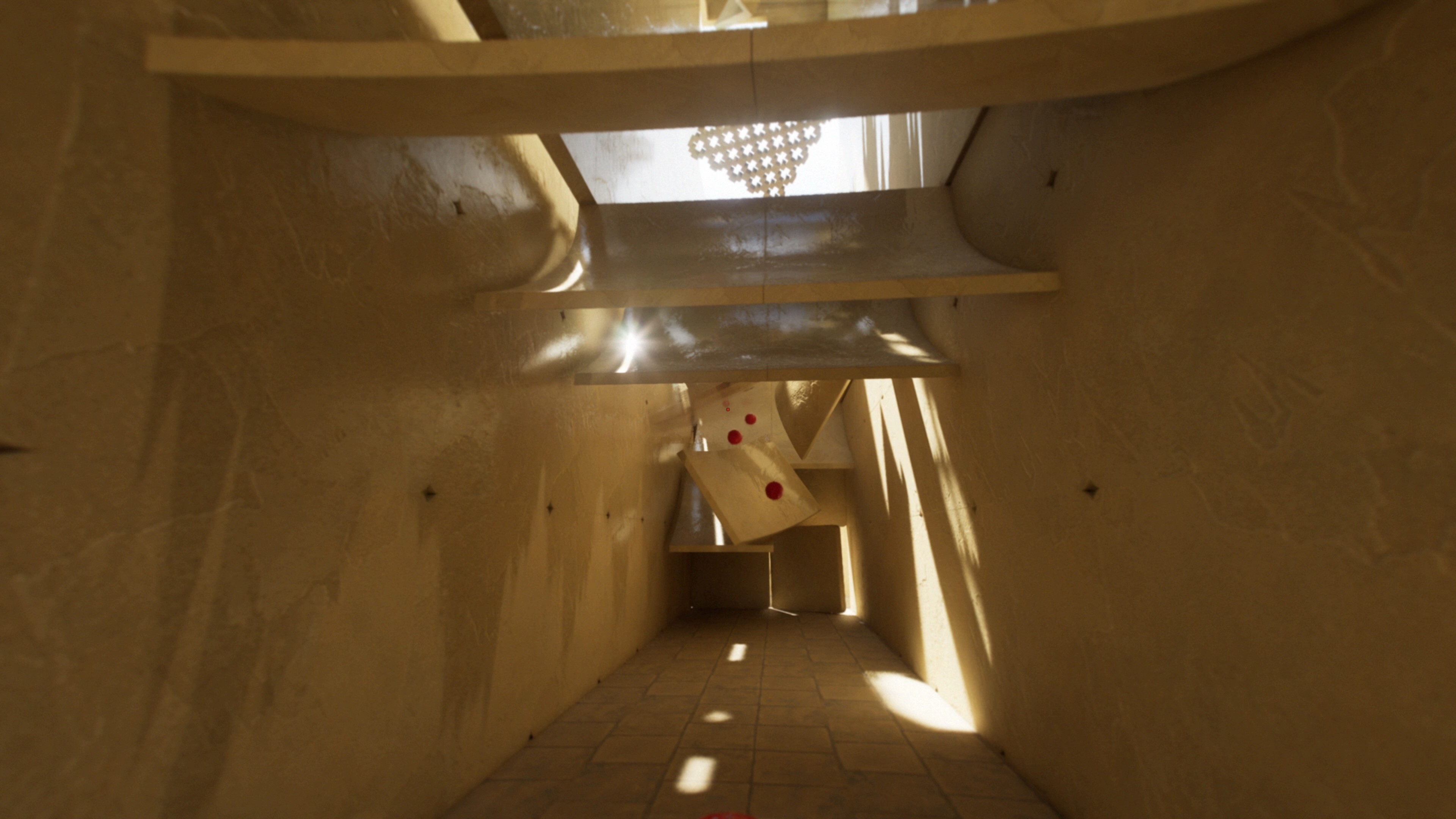
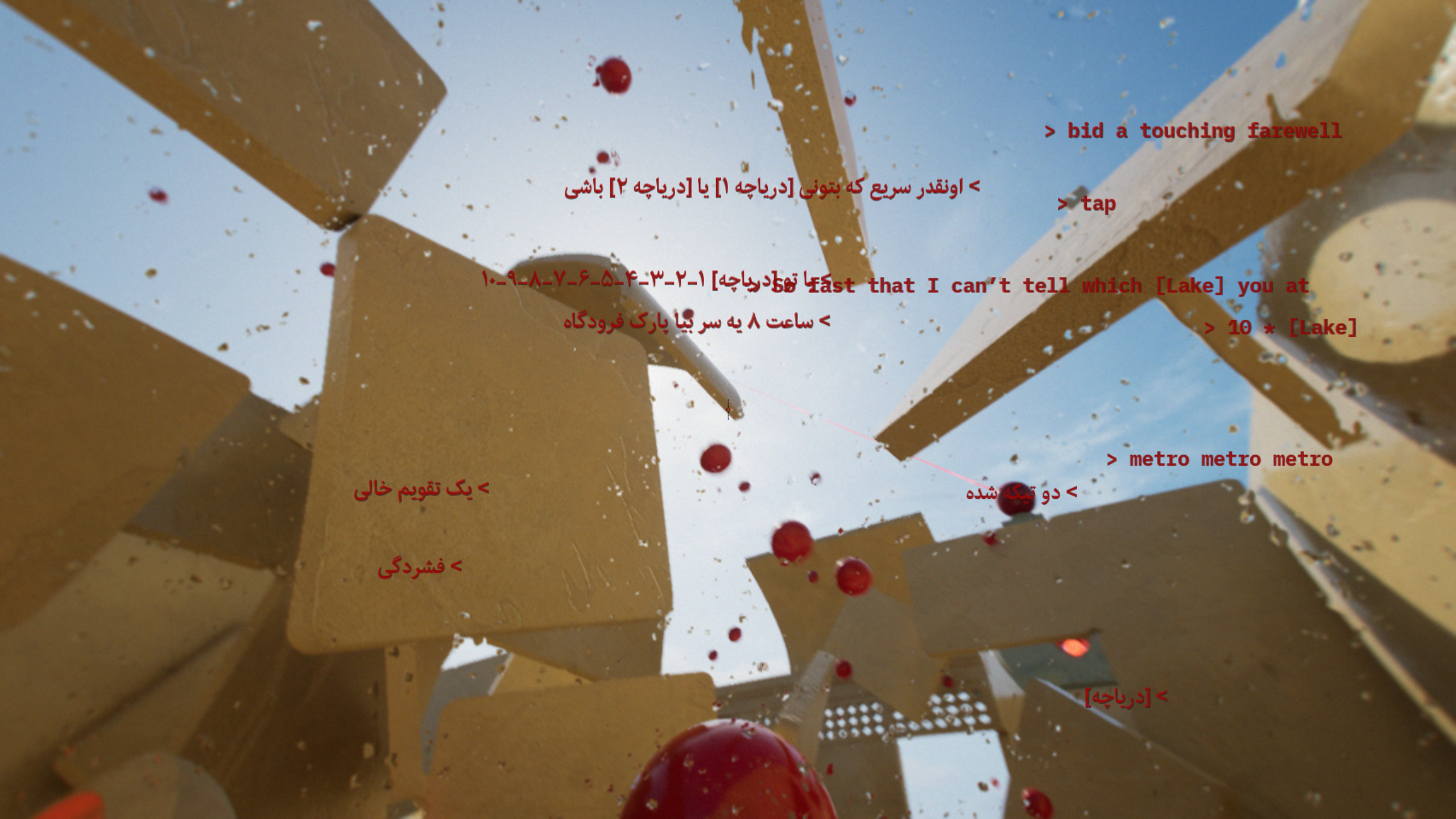
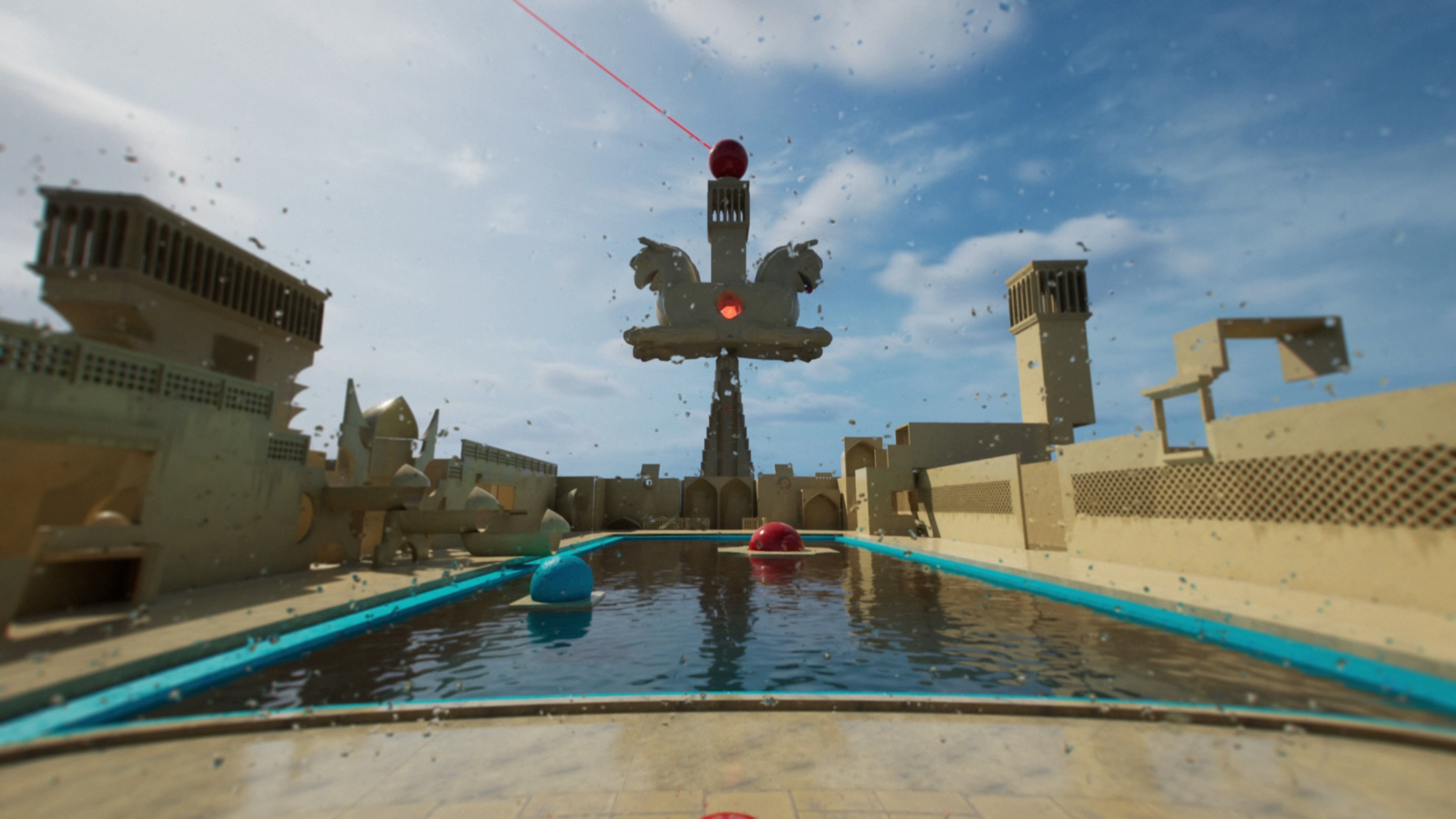


> Credits
- Sound design: Shahin Entezami
- Graphic design: Fadi Houmani
- Powered by Unreal Engine 5
Thanks to:
Rijksackademie print workshop
Supported by Nieuwe Instituut and media art platform LI-MA